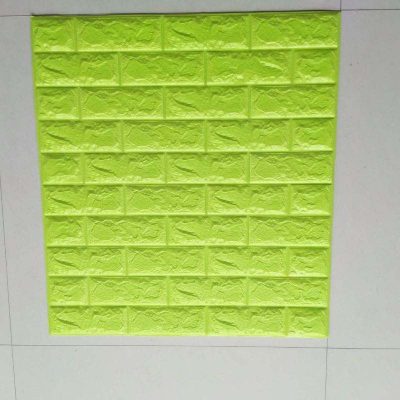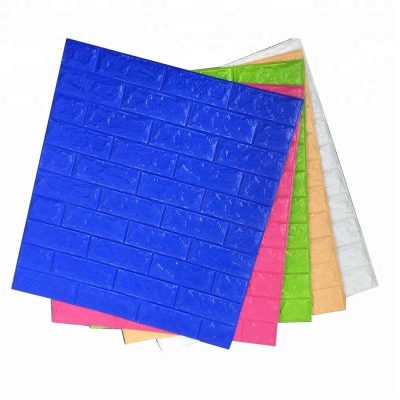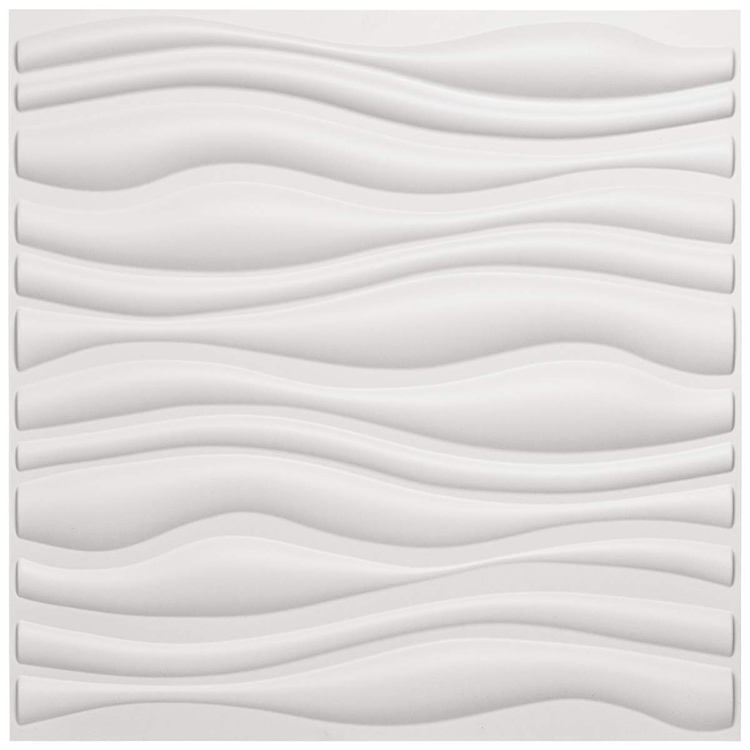Exploring sustainable ceiling tile options is a great way to reduce environmental impact while enhancing the aesthetic appeal of your space. Here are some sustainable options to consider:
- Recycled Materials:
- Look for ceiling tiles made from recycled materials, such as recycled metal, glass, or plastic. These tiles repurpose materials that would otherwise end up in landfills, reducing waste and conserving resources.
- Natural Fibers:
- Choose ceiling tiles made from natural fibers like bamboo, cork, or jute. These materials are renewable, biodegradable, and harvested using sustainable practices, making them environmentally friendly choices.
- Low-VOC Materials:
- Opt for ceiling tiles that are manufactured using low volatile organic compound (VOC) adhesives and finishes. VOCs can release harmful chemicals into the air, contributing to indoor air pollution and negatively impacting health. Choosing low-VOC materials helps improve indoor air quality.
- FSC-Certified Wood:
- If you prefer wood ceiling tiles, look for products certified by the Forest Stewardship Council (FSC). FSC certification ensures that the wood used in the tiles is sourced from responsibly managed forests that promote biodiversity, protect wildlife habitats, and support local communities.
- Sustainable Manufacturing Practices:
- Research ceiling tile manufacturers that prioritize sustainable manufacturing practices, such as energy efficiency, waste reduction, and water conservation. Companies that are transparent about their environmental initiatives and certifications are more likely to offer sustainable products.
- Recyclable or Biodegradable Tiles:
- Choose ceiling tiles that are recyclable or biodegradable at the end of their life cycle. These tiles can be either repurposed into new products or decomposed naturally, reducing the burden on landfills.
- Energy-Efficient Designs:
- Consider ceiling tiles that are designed to improve energy efficiency in buildings. Some tiles are engineered to enhance thermal insulation, reducing heating and cooling costs and minimizing energy consumption.
- LEED Certification:
- Look for ceiling tiles that contribute to Leadership in Energy and Environmental Design (LEED) certification for your building project. LEED-certified products meet stringent environmental criteria and can help you earn points toward LEED certification for your project.
- Durability and Longevity:
- Choose high-quality ceiling tiles that are durable and long-lasting, reducing the need for frequent replacements. Durable tiles not only reduce material waste but also save money and resources over time.
- Local Sourcing:
- Whenever possible, source ceiling tiles from local manufacturers to reduce transportation-related carbon emissions and support the local economy.
By exploring these sustainable ceiling tile options, you can make environmentally conscious choices that align with your design preferences and contribute to a healthier planet.








